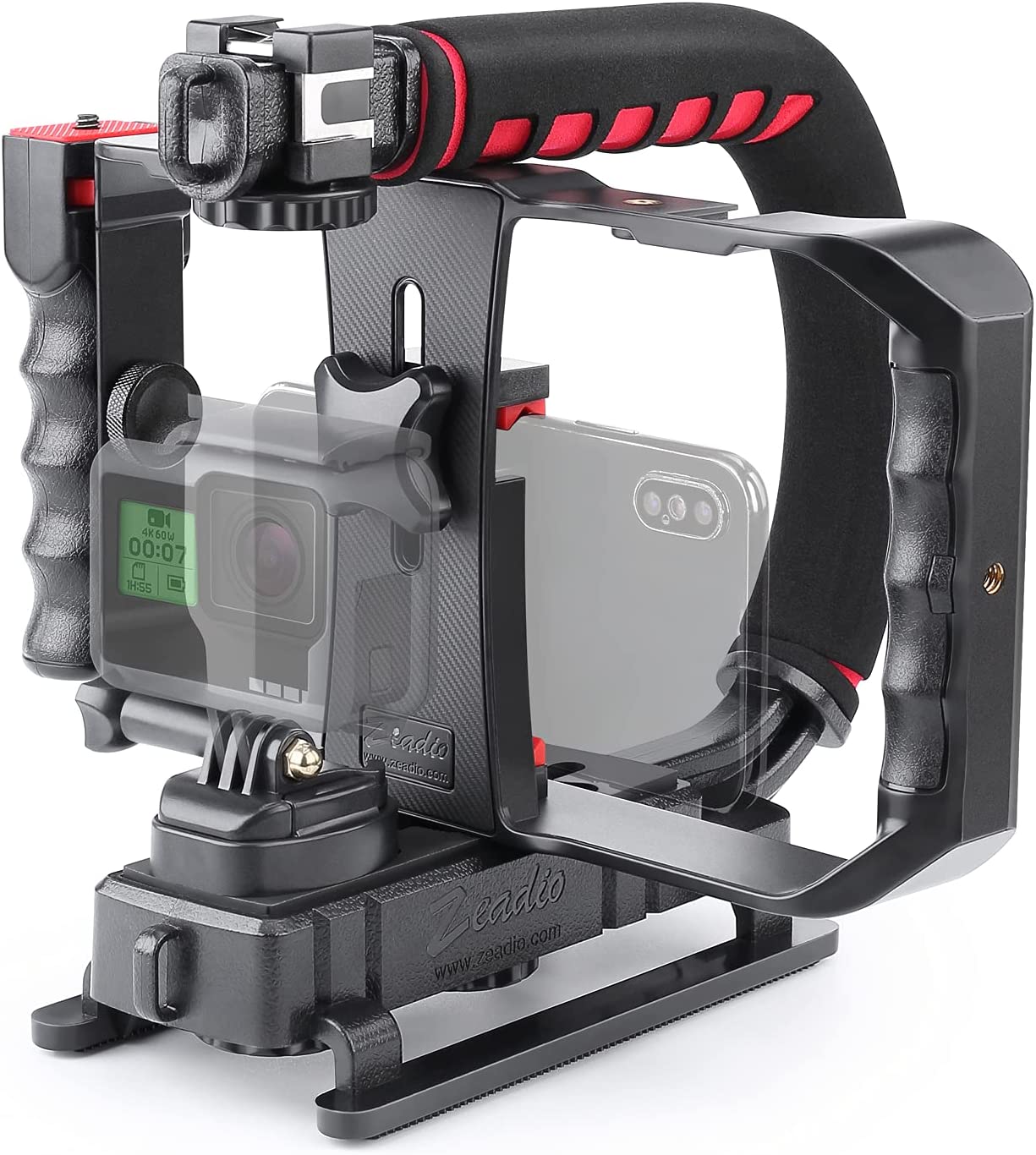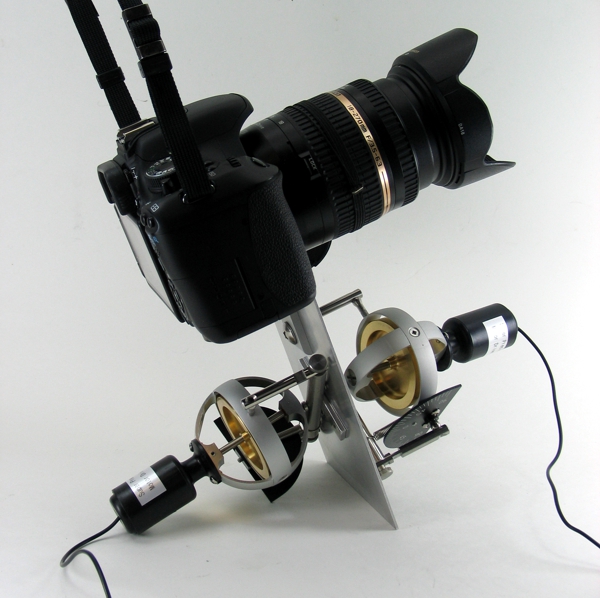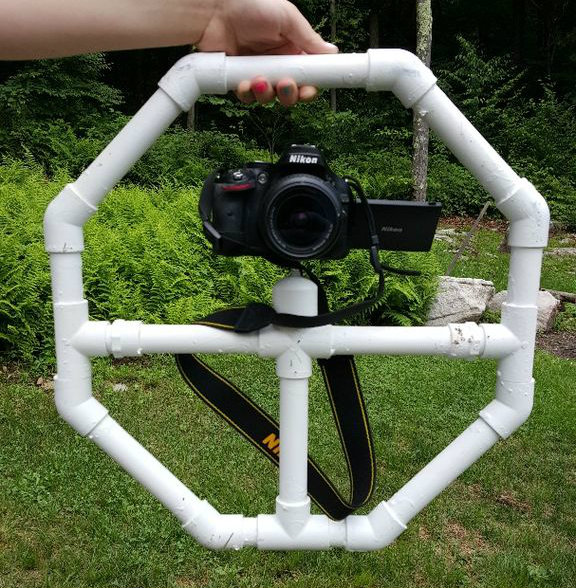Capturing smooth and professional-looking footage is a challenge for filmmakers and videographers at all skill levels. Camera stabilizers play a vital role in achieving high-quality results by reducing unwanted shake and movement. This article explores how the right camera stabilizer can elevate your footage, detailing the types of stabilizers available, their features, and the importance of stability in various shooting scenarios. Whether you’re a seasoned pro or an enthusiastic amateur, understanding how to use a camera stabilizer effectively can dramatically improve the quality of your video content.
Understanding Different Types of Camera Stabilizers
Handheld Gimbals and Their Advantages
Handheld gimbals are popular among videographers due to their portability and ease of operation. They utilize motors and sensors to maintain a camera’s position, even while the operator is moving. This results in smooth, cinematic footage that can imitate the look of high-budget productions. Many modern gimbals come with additional features such as smartphone control, programmable motions, and quick-release plates, making them versatile tools for a range of filming situations.
Steadicams and Body Rigs for Dynamic Movement
For shots requiring extensive movement, such as following a subject through a crowd or capturing action sequences, Steadicams and body rigs are the stabilizers of choice. They rely on a system of counterweights and operator skill to balance the camera and create fluid motion. Although they have a steeper learning curve, these stabilizers allow for more freedom of movement and can produce incredibly dynamic shots that handheld gimbals may struggle to achieve.

How Stabilization Impacts Video Quality
Eliminating Unwanted Jitter and Motion Blur
Unwanted camera shake can be distracting and can devalue the quality of your footage. Even slight movements can cause jitter and motion blur, particularly in high-definition formats where every imperfection is magnified. A good camera stabilizer smooths out these shakes, leaving you with crisp, clear footage that won’t detract from the viewer’s experience. This is especially important in low light situations or when following fast-moving subjects.
Producing More Professional Results
There’s a distinct difference in quality between amateur handheld footage and professionally stabilized video. By using the right stabilizer, you can achieve a level of polish that adds production value to your work. It can make the difference between footage that looks like a home video and footage that looks like it belongs on the silver screen. In today’s competitive market, having slick, stable footage can help your content stand out.

Selecting the Right Stabilizer for Your Needs
Matching the Stabilizer to Your Camera and Lenses
Different cameras and lenses have varying weights and sizes, which means not every stabilizer is suitable for every setup. It’s crucial to select a stabilizer that can support the weight and balance of your camera and lens configuration. A mismatch can lead to poor stabilization and can even risk damaging your equipment. Be sure to check the payload capacity and compatibility of a stabilizer before making your purchase.
Considering Your Shooting Environment and Style
Your shooting environment and personal style should also influence the type of camera stabilizer you choose. For instance, if you are often on the go and need quick setup times, a compact handheld gimbal might be ideal. Conversely, if you specialize in wide, sweeping shots that require you to walk or run with your camera, consider investing in a Steadicam or body rig. Factoring in these considerations will ensure you get a stabilizer that not only enhances your footage but also fits seamlessly into your workflow.

Maximizing Your Stabilizer’s Potential
Taking the Time to Practice and Master Your Gear
Any camera stabilizer requires practice to master. Spend time learning how to balance your stabilizer correctly and get familiar with its features and quirks. The more you use your stabilizer, the better you’ll become at achieving smooth footage, and the more intuitive your movements will be. This learning process is an investment in the quality of your future footage.
Experimenting with Creative Techniques
Once you’re comfortable with your stabilizer, begin experimenting with different shooting techniques. Try imitating crane shots, low-angle tracking, or 360-degree pans. A stabilizer not only improves the quality of your footage but also opens up creative possibilities that were previously difficult or impossible to achieve. Don’t be afraid to push the boundaries—some of the most memorable shots in film history come from innovative stabilizer use.

Enhancing Your Storytelling Through Stabilized Shots
Conveying Emotion and Narrative
Stabilizers are not just technical tools; they are instrumental in storytelling. The way you move your camera can convey emotions and advance the narrative. Smooth and controlled movements can bring a sense of calm and order, while deliberate and measured instability can impart tension or chaos. Mastering your stabilizer allows you the freedom to choose the effect you want to have on your audience, making your storytelling more impactful and immersive.
Planning Your Shots for Maximum Effect
To make the most out of your stabilizer, planning your shots is key. Storyboard your scenes and decide ahead of time what kind of camera movement will best serve the story. Do you need a sweeping shot to reveal your location or a steady track to follow your actor’s movements? Thinking about these details in advance ensures that you can set up and execute your stabilized shots with purpose, thereby enhancing the visual impact on your viewers.

Balancing Portability with Performance
Finding a Stabilizer That Travels Well
Filmmakers and videographers often find themselves on the move, traveling to various locations for shoots. Portability becomes a significant consideration when choosing a stabilizer. Many gimbals are designed with travel in mind, folding down or coming apart for easy transportation. A stabilizer that’s cumbersome or difficult to transport can limit its usefulness, so consider how a stabilizer’s size and weight will fit into your shooting lifestyle.
Performance on the Go
While a small and light stabilizer is convenient for travel, it still needs to perform well in different environments. Whether you’re shooting in a windy outdoor location or a tight indoor space, your stabilizer needs to maintain its performance without hindering mobility. Look for stabilizers with strong build quality and ones that can adapt to diverse conditions, ensuring that your footage remains stable, no matter where your shoots take you.
In conclusion, the right camera stabilizer is an essential tool for creating high-quality, professional-looking footage. Whether you opt for a handheld gimbal for its ease of use or a Steadicam for complex movements, make sure to choose one that matches your camera setup and compliments your filming environment and style. Remember that substantial practice is required to harness the full potential of any stabilizer, and as you grow accustomed to the equipment, your footage will steadily rise to new heights.
